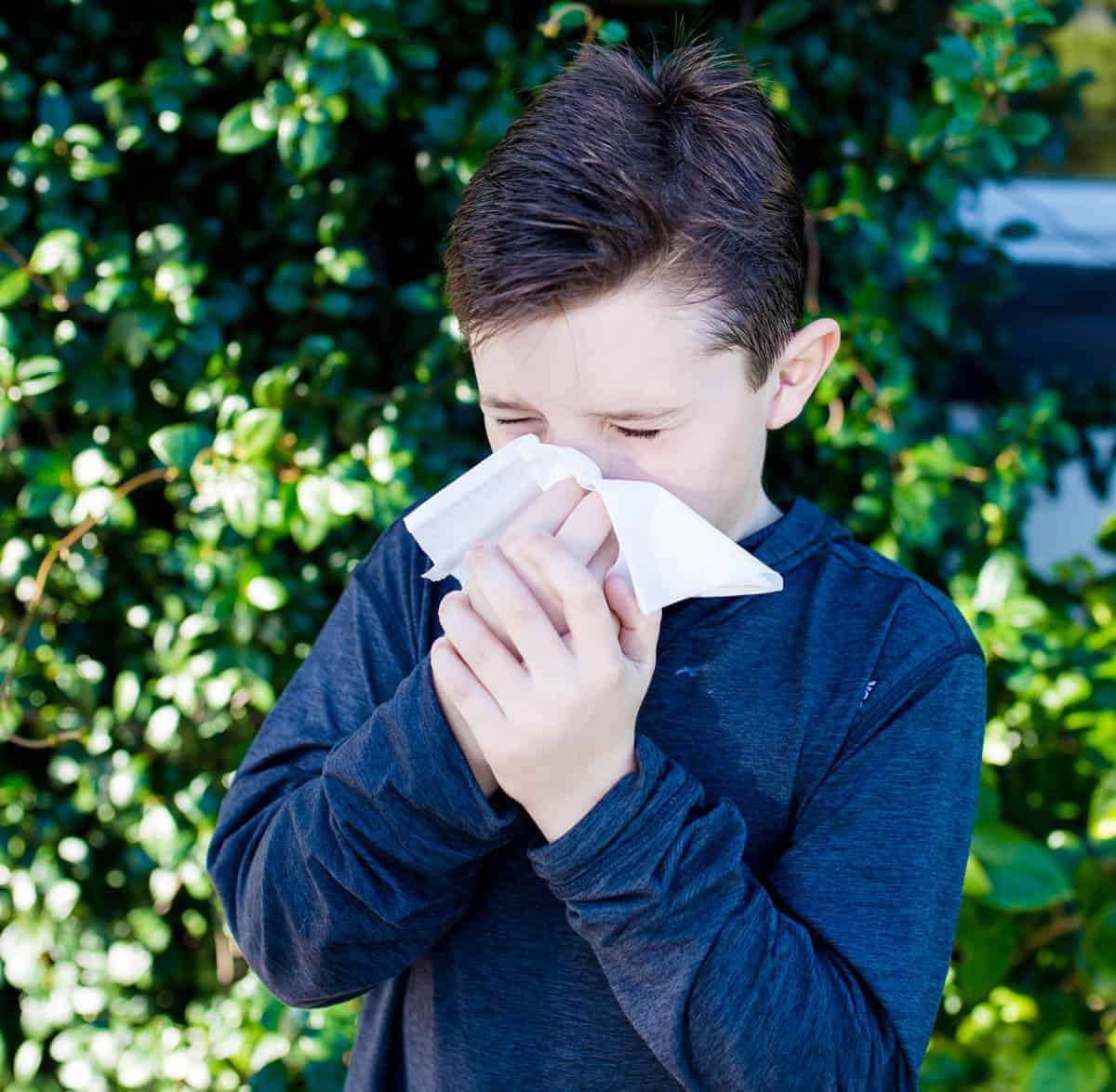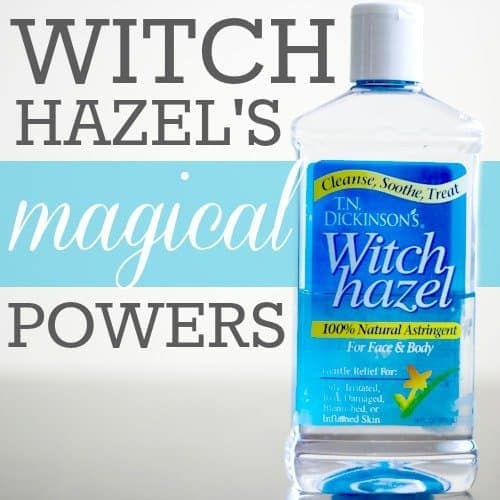Allergies are on the rise, autoimmune diseases are running rampant, and our children’s quality of life is suffering as a result. As parents trying to raise our kids to the best of our abilities, and within a reasonable budget, it sometimes feels as though we are constantly at war with fate maneuvering the battleground that is our children’s health. The questions when it comes to these allergies and autoimmune illnesses are why the numbers are significantly increasing and what can we, as modern-day moms and dads, do about it? Do we limit our children’s diets, pay for expensive medications or try a more natural approach? With education and information being our greatest resource, here are some facts to help you make informed decisions for your family.
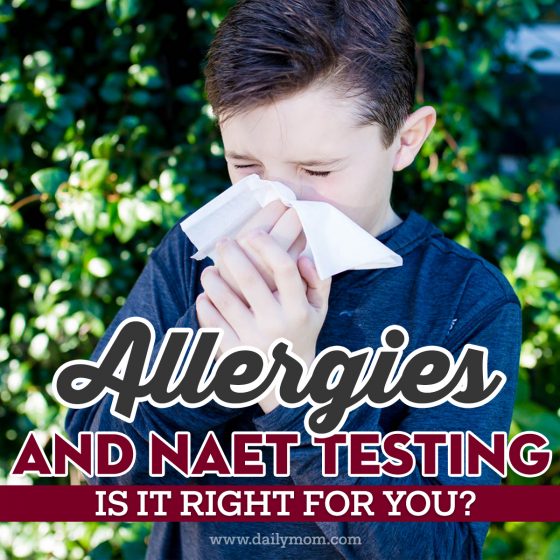
What is a Food Allergy?
A food allergy is a harmful immune response that triggers an allergic, or negative and harmful reaction to food proteins that are normally harmless. An allergic reaction can range from a mild rash, to itchiness, hives, respiratory problems, or the worst-case scenario anaphylaxis. Oftentimes allergy symptoms or reactions become worse each time the person introduces the allergen into their body. This usually happens unintentionally because one may not link an itchy tongue or mild rash to something a child just ate until the symptoms worsen over time as the child continues to consume the problematic food source.
The Statistics on Food Allergies
The decision to become a parent comes with a whole host of worries and concerns, these days even more so with food allergies on the rise amongst children in the United States. As doctors continue moving back the age of food introduction in infants and parents closely monitor what their children are eating we begin to see more and more foods children are having some sort of allergic reaction to now more than ever.

The cause for concern is also at the forefront for parents because these days a majority of children are in school from a very young age, thus parents have to rely on other caregivers to ensure their child does not come into contact with a negative allergen.
- Although there are more than 170 food allergens, the most common 8 include: Peanuts (which are actually a legume, not a nut), tree nuts, milk, eggs, soy, fish and shellfish, and wheat, with sesame also becoming a rising concern.
- These foods account for over 90% of allergic reactions.
- One in every 13 children have a food allergy; roughly 5.9 million children under 18 suffer from one or more allergies.
- In recent years the prevalence of food allergies in children has increased by 50%, with peanut or tree nut allergies seeming to have tripled within that same time period.
- Children with food allergies are also more likely to suffer from asthma, eczema and other allergic or digestive conditions.
- Luckily, most children are likely to outgrow a majority of food allergies, but this is not always the case. Allergies to peanuts, tree nuts, fish and shellfish are usually lifelong.
– Centers for Disease Control and Prevention; Food Allergy Research and Education
The Hypothetical Reasons for the Rise in Numbers
So far the medical, research and scientific communities do not have a definitive answer on food allergies – why they occur in some people and not others, even amongst siblings, why the numbers are on the rise, or even what is causing foods to become more allergenic than they used to be? However, several theories exist that serve as the answer to many people, or at least give them some hope when it comes to treating these allergies.

- One theory, the hygiene hypothesis posits that western cleanliness and our infatuation with killing germs and bacteria, excessive hand washing, food washing and refusing to allow children to play outdoors has led to this epidemic. Failing to expose our children to germs and bacteria at a young age is is creating a scenario whereby the body begins mistaking food proteins for invading germs.
- Further, the overuse of antibiotics and antacid medications are altering our gastrointestinal tract, getting rid of so many basic microbes that our immune systems are just basically just waiting to attack.
- Another theory is that environmental changes related to global warming is a contributing factor. With warmer temperatures on the rise around the globe the growing season of plants that cause respiratory allergies are lasting longer with people experiencing an extended period of exposure to pollen and other allergens as a result.
- Finally, genetics combined with the foods and substances a child is exposed to in utero may also contribute to whether or not childhood allergies develop.
A Natural Approach to Diagnosis & Treatment – NAET
With more holistic and organic approaches currently available than ever before, many adults, children and entire families are moving toward healthier food and lifestyle choices, less additives and preservatives and generally a more conscientious approach to their over-all product consumption to try and combat many of these allergy and auto-immune issues. For some this begins with a non-traditional approach to allergy testing and treatment that has had successful results for many – NAET.
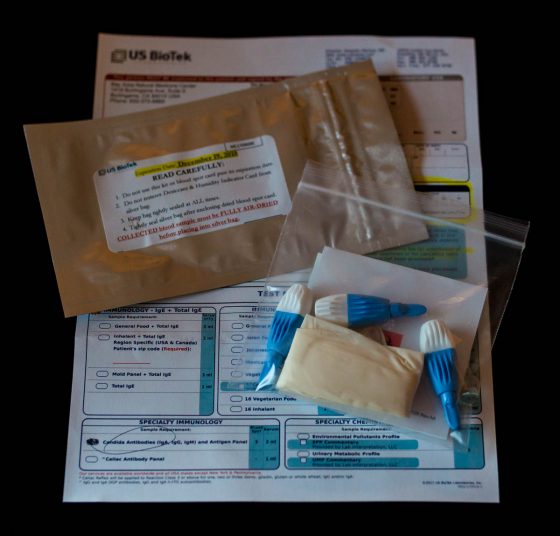
NAET, or Namibudripad’s Allergy Elimination Technique, is a drug-free, non-invasive, natural solution to alleviate mild to severe allergies using a variety of non-traditional, holistic approaches to treatment. Using a blend of treatment procedures taken from acupuncture/acupressure, allopathy, chiropractic, nutritional and kinesiology disciplines of medicine practitioners skilled in this methodology are able to alleviate allergy symptoms on a case-by-case basis one allergen at at time. With a more personalized approach than any treatment in western medicine, NAET is able to diagnose and eliminate almost any and all allergies patients are suffering.
- NAET practitioners must be familiar with the brain, cranial nerves, spinal nerves and central nervous system to fully understand how the body circulates energy. (Allopathy)
- Using NST or Neuromuscular Sensitivity Testing the strength and weakness of the body is then tested in relation to the presence of various allergens. A measured weakness when a substance in introduced is due to the effect of an allergy to what the person is touching. (Kinesiology)
- Chiropractic principles are then used to detect nerve energy blockages and spinal manipulation may be used to alleviate any obstructions. (Chiropractic)
- Utilizing techniques of acupuncture or acupressure, blockages in the energy pathways, or meridians, throughout the patient’s body can be removed so energy can flow freely bringing the individual back into perfect balance. An allergy, like an auto-immune condition is an imbalance in a person’s physical body. (Acupuncture/Acupressure)
- Different foods react differently from one person to the next. Unfortunately, the same unhealthy, refined food products that are the cause of the imbalance in a person’s system are usually the same foods that cause less pain or discomfort upon consumption. However, after NAET treatments and clearing a patient of all the allergens, a person must being to eat correctly and maintain a nutritious and wholesome diet. (Nutrition)
–NAET
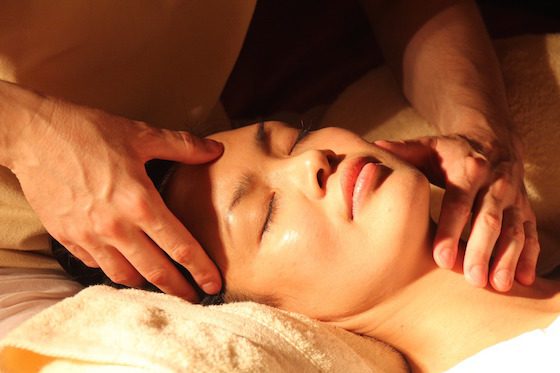
After diagnosis of a person’s allergies pressure points along the spine are stimulated or massaged while the patient is holding the allergen. In severe cases acupuncture may be used and more than one treatment may be necessary. Most practitioners will only treat for one allergen or closely related group of allergens per visit for greater success. The individual must then avoid the allergen for the next 25 hours for the body to become desensitized to it. Food, chemical, and environmental allergens are all able to be eliminated using NAET.
With food and environmental allergies on the rise it is difficult to know where to turn and what to do as our kids begin sniffling, itching or experiencing even more severe allergic reactions. Grocery shopping can be a nightmare for parents and allowing our kids to go to school where they may be exposed to unsafe snacks or even unintentionally sat next to a child at lunch with a common peanut butter and jelly sandwich can be frightening.

Luckily with organic and locally sourced foods becoming more available, schools and teachers becoming more vigilant and aware, and the development of alternative testing methodologies like NAET for some the future is looking brighter. Realizing that access to “safe foods”, peanut-free tables or lunchrooms in schools and a general sense of awareness is just the beginning we as parents must continue to hope for and educate ourselves about solutions to such ailments in the future.
For more Tips & Tricks on Dealing with an Uncommon Food Allergy check out one Daily Mom’s suggestions.
Sources: Centers for Disease Control and Prevention, Food Allergy Research and Education, CNBC Medicine, NAET
Photo Credits: Kristin dePaula



































